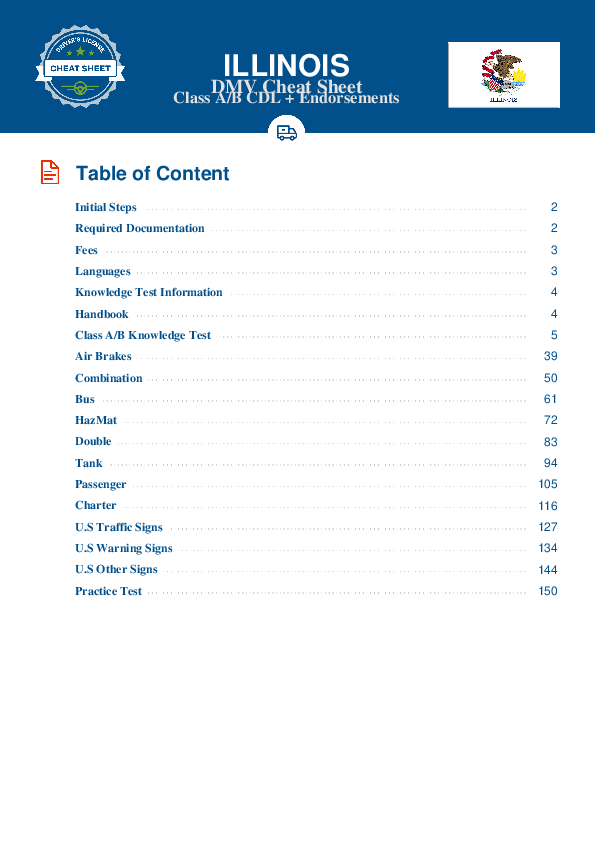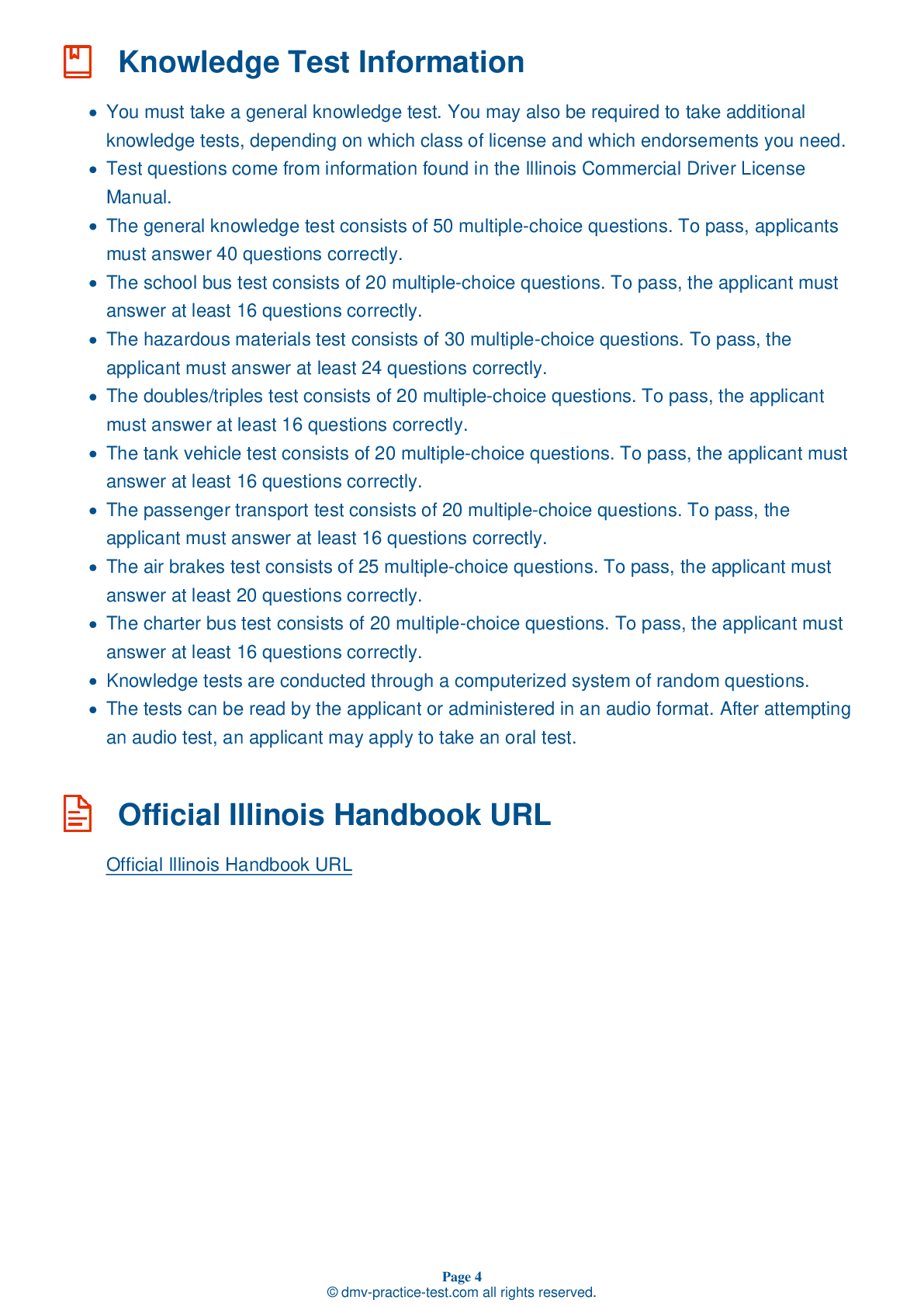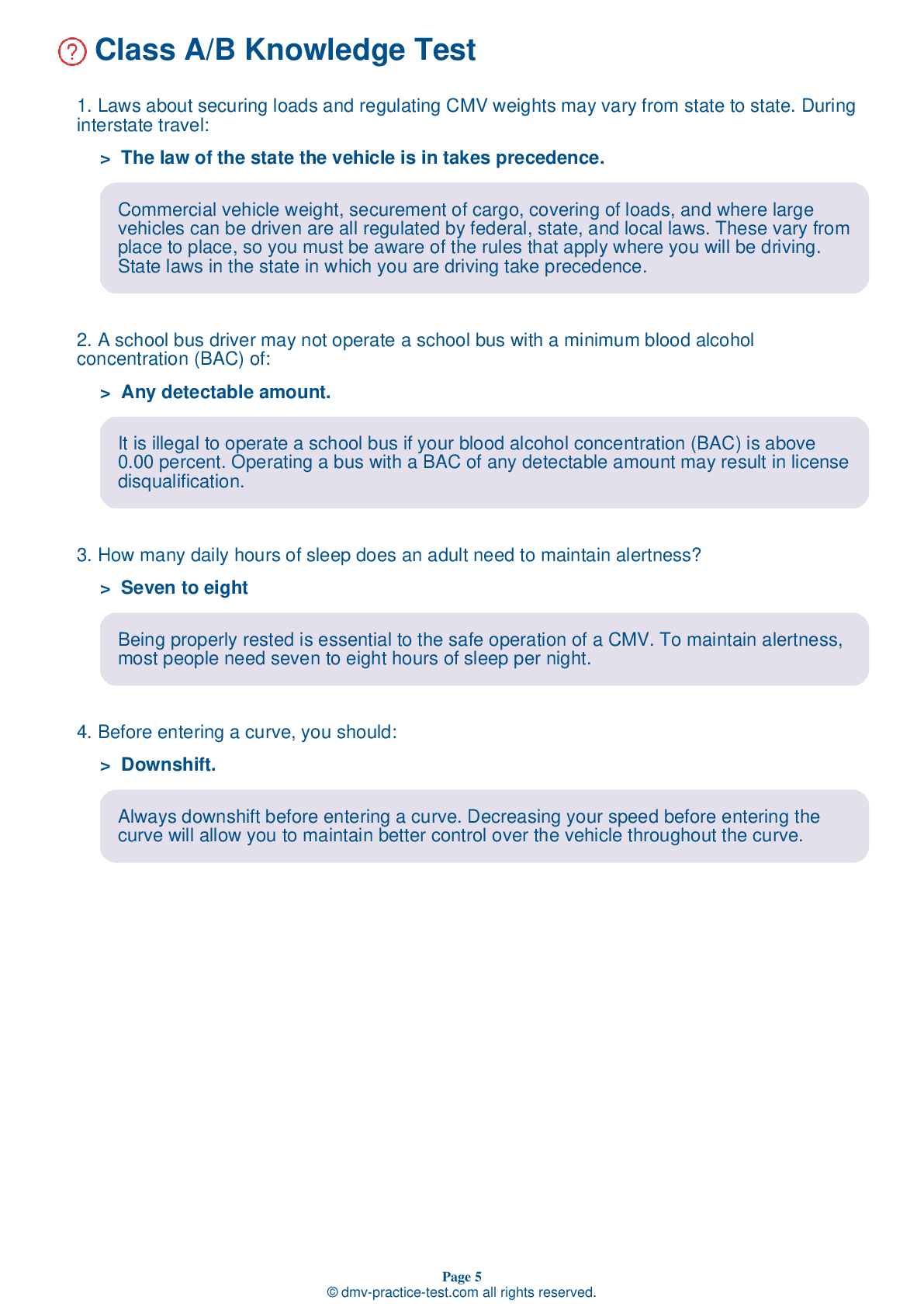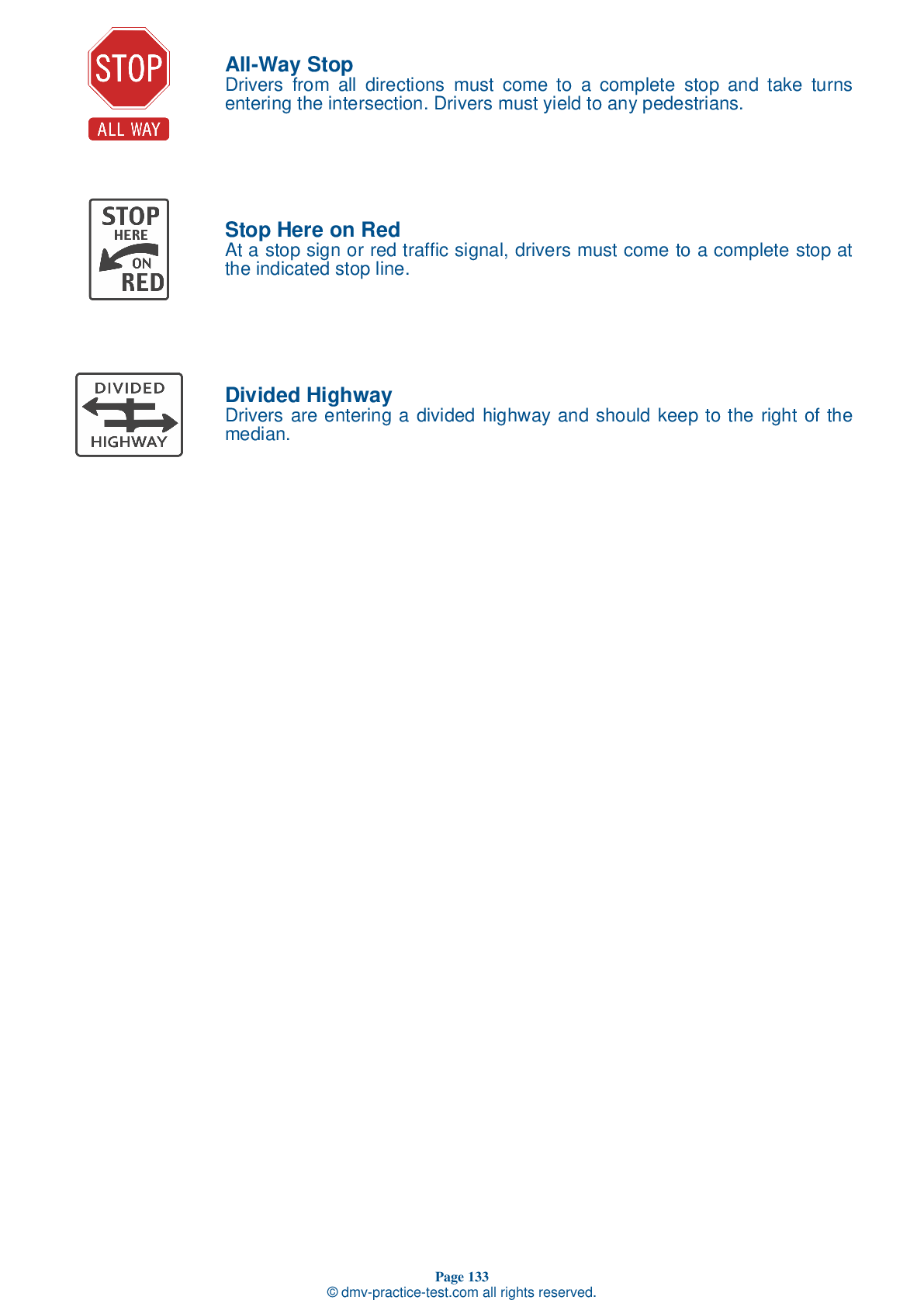Hazmat Test | Illinois 2025 #2 Page 2 of 5
On our website, we provide FREE practice - CDL hazmat test online! The official exam test consists of several obligatory parts, with all of them checking your knowledge of different blocks of road rules. If you need to obtain a IL CDL hazmat endorsement in 2025, practice as much as possible. Free sample tests published on our website will help you check and improve your knowledge and boost your grades. Please bear in mind that Illinois requirements for issuing a hazmat endorsement for CDL may vary from those established in other states.
7 . Distracted driving:
Mental distractions can be just as dangerous as physical ones. It is possible for a person to look right at a hazard on the road but fail to notice it because their thoughts are occupied by something else.
8 . When approaching an active railroad crossing:
At a railroad crossing, do not assume that you will hear an approaching train. Trains may be prohibited from sounding their horns in certain areas, or the sound of its horn may be covered by noise from your vehicle. Do not assume that warning lights or other signals will announce a train.
9 . Why should rental trucks be approached with caution?
You should be cautious when driving near rental trucks because the people driving them may not be used to operating vehicles with limited views to the sides and rear. Drivers who cannot see others on the roadway are hazardous.
10 . When trying to avoid a hazard:
Stopping is not always the most effective response to a hazard. You can usually turn out of the path of a hazard more quickly than you can come to a complete stop. However, swerving is not without its hazards, as it may result in a rollover in a vehicle that is either top-heavy or pulling multiple trailers.
11 . When you double your speed from 20 to 40 mph, your vehicle's braking distance will become ____ times longer.
If you double your speed, your braking distance will become four times longer. Similarly, the impact your vehicle would have in the case of a collision will also multiply by four.
12 . If you apply for a HazMat endorsement, you must undergo a check through which agency?
To obtain an original or renewed hazardous materials endorsement, you must pass a Transportation Security Administration (TSA) background check.
See the exact questions that will be on the 2025 Illinois DMV exam.
99.2% of people who use the cheat sheet pass the FIRST TIME
Lillian MCcranie explains how our CDL study guide was helpful in passing the exam and recommends it to everyone.
Cameron tells us how he purchased the CDL exam, and found it to be a useful tool which helped him pass the exam and find a job.



